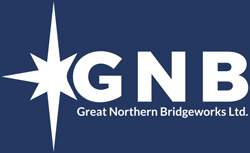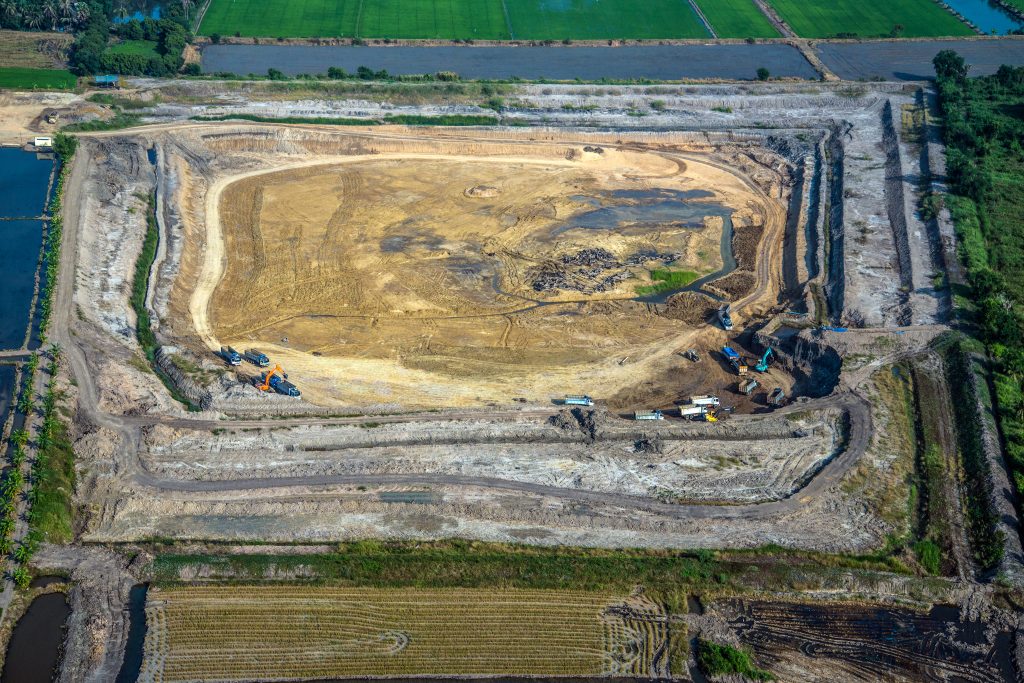Land is one of Canada’s most valuable resources, but decades of development, mining, and industrial activity have left scars on the landscape. Through land reclamation, areas impacted by oilfields, mining sites, or infrastructure projects are returned to a condition that is safe, stable, and more closely aligned with the natural environment. At Great Northern Bridgeworks, land reclamation isn’t just about meeting regulations; it’s about leaving communities and ecosystems better than we found them. If you’d like to learn more about our land reclamation services or discuss an upcoming project, contact us today for more information.
The Importance of Land Reclamation in Modern Infrastructure
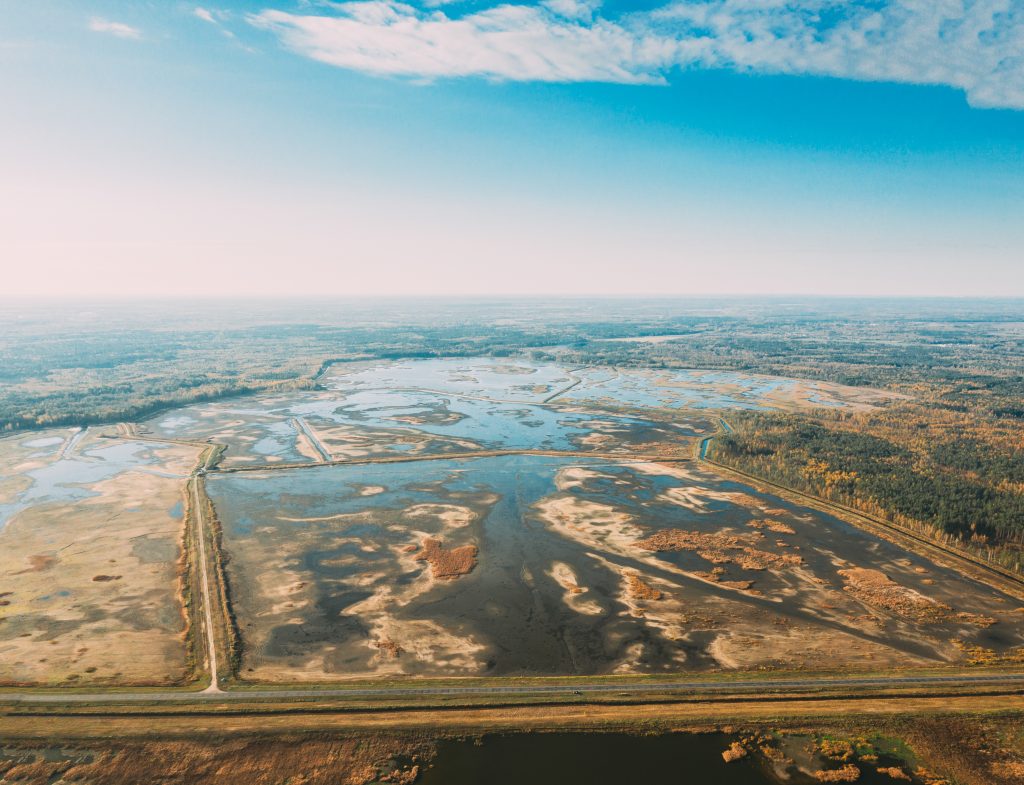
What is land reclamation? At its core, reclamation means returning disturbed land to a condition that’s safe, productive, and sustainable. This process can include:
- Stabilizing soil to prevent erosion and runoff
- Re-establishing vegetation to bring back plant life and improve biodiversity
- Managing water flow to protect streams, wetlands, and nearby ecosystems
- Preparing land for future use, such as agriculture, development, or recreation
Without proper reclamation work, abandoned sites can result in:
- Soil erosion and contamination spreading into farmland and waterways
- Public safety risks from unstable ground or hazardous materials left behind
- Permanent loss of biodiversity, with ecosystems unable to support wildlife
In Canada, where industries like mining, forestry, and oilfield development drive much of the economy, land reclamation projects are essential for ensuring growth does not come at the expense of the environment. For Great Northern Bridgeworks, reclamation is more than compliance, it’s a responsibility to restore balance, support communities, and protect the land for future generations.
Environmental Reclamation and Remediation: Knowing the Difference
The terms reclamation and remediation are often used together, but they don’t mean the same thing.
- Environmental reclamation focuses on reshaping, stabilizing, and restoring the physical land. This may include re-grading slopes, planting vegetation, or the reclamation of soil so it can support agriculture or natural growth again.
- Remediation is about removing pollutants, such as cleaning contaminated soil or water after industrial spills.
Most large-scale environmental restoration projects in Canada require a combination of both. For example, a decommissioned industrial site may need soil remediation to remove chemicals before reclamation work can begin. At Great Northern Bridgeworks, our teams are experienced in coordinating both, ensuring sites are safe, compliant, and truly restored.
Reclamation Projects Across Canada: Roads, Bridges and Mining Sites
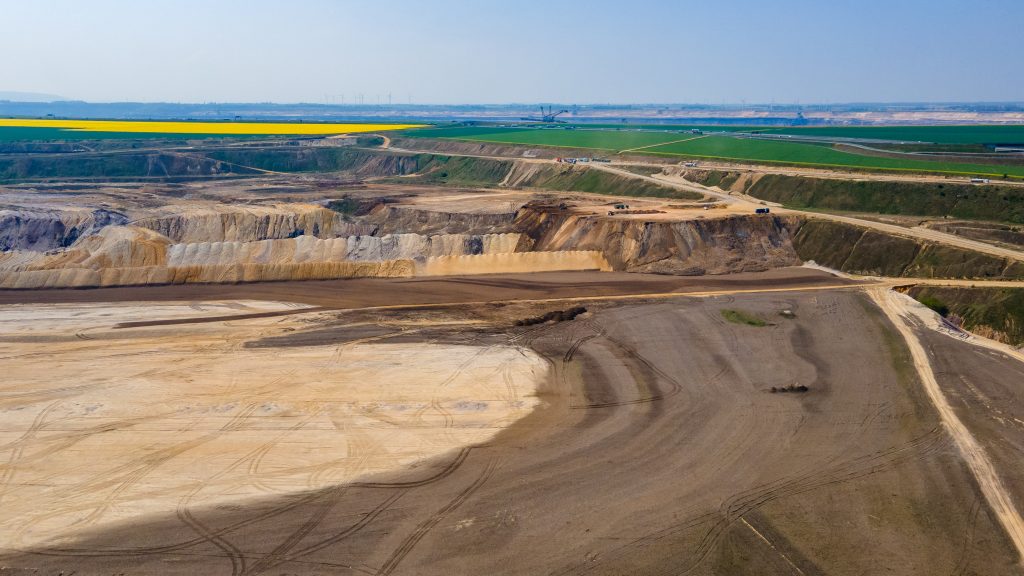
Canada is home to a wide variety of land reclamation projects, each with unique challenges:
- Road and bridge project closeouts – When major infrastructure projects wrap up, it’s not just the structures that matter. The surrounding land—temporary access roads, staging areas, and borrow pits—must be reclaimed to prevent erosion and meet government requirements. Great Northern Bridgeworks specializes in restoring these sites so they blend seamlessly with their natural environment.
- Mining sites – From small quarries to large open-pit mines, these areas require extensive reclamation of soil and vegetation. Proper grading, drainage, and planting turn once-barren pits into safe and stable landscapes.
- Reclaimed land for municipalities – Cities and towns also benefit from reclamation, whether transforming industrial land into community parks or ensuring that construction doesn’t leave long-term environmental damage.
These land reclamation projects in Canada not only protect ecosystems but also safeguard public investments in infrastructure.
Oilfield Reclamation and Industrial Decommissioning Best Practices
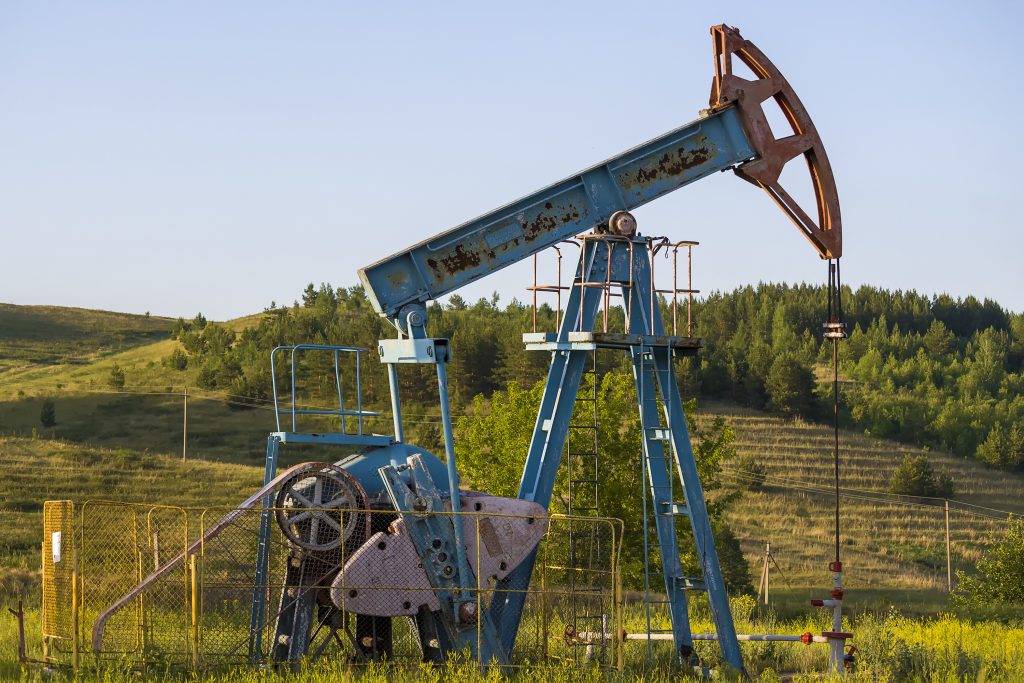
Few industries impact the landscape as significantly as oil and gas. Oilfield reclamation is critical for decommissioned well sites, access roads, and processing facilities. Left untreated, these sites can leak hydrocarbons into the soil, destabilize surrounding terrain, and threaten nearby waterways. Without careful planning, they risk contamination and long-term instability that can take decades to repair.
Best practices for oilfield reclamation include:
- Thorough decommissioning – Safely removing all equipment, pipelines, and foundations to eliminate physical hazards and prevent future leaks.
- Soil testing and treatment – Identifying and addressing contamination early ensures pollutants don’t migrate into groundwater or agricultural land.
- Re-establishing vegetation – Planting native species helps stabilize the soil, prevent erosion, and restore biodiversity to the site.
- Ongoing monitoring – Regular inspections and reporting verify that the reclaimed land continues to meet environmental standards over time.
Successful reclamation of oilfield sites not only satisfies regulatory requirements but also builds trust with local communities who depend on clean land and water.
Similarly, industrial decommissioning projects require careful oversight. Abandoned factories, rail yards, or heavy-use industrial sites often have complex environmental footprints, including buried infrastructure, contaminated soil, or aging concrete foundations. Each project requires a tailored approach that balances demolition with restoration, ensuring that the land is safe for future use. At Great Northern Bridgeworks, our crews bring decades of experience to managing these closeouts, always prioritizing safety, compliance, and sustainability while delivering reliable outcomes for clients.
Environmental Site Assessments: The Backbone of Reclamation Work
Before any land reclamation project begins, an Environmental Site Assessment, or ESA report, is critical. These assessments identify potential risks, such as contaminated soil, unstable slopes, or water drainage issues.
An ESA report typically involves:
- Phase I: Reviewing records and conducting site inspections.
- Phase II: Collecting and analyzing soil, groundwater, and building material samples.
- Phase III: Implementing remediation and reclamation solutions.
For clients, ESA reports provide confidence. They ensure projects meet regulatory requirements and protect long-term land value. For companies like Great Northern Bridgeworks, they serve as a roadmap for delivering successful, safe, and lasting reclamation work.
Why Land Reclamation Matters More Than Ever
As Canada continues to grow, infrastructure development and resource extraction will remain central to the economy. But growth doesn’t have to come at the cost of the environment. Land reclamation offers a way to balance progress with responsibility.
Whether it’s restoring a remote mining site, closing out a road and bridge project, or managing an environmental restoration project, reclamation ensures that we’re leaving usable, safe, and often healthier land behind.
For Great Northern Bridgeworks, reclamation is more than a service, it’s a responsibility. Every project, big or small, is approached with a focus on sustainability, compliance, and community trust.
Final Thoughts
From oilfield reclamation to industrial decommissioning, from ESA reports to municipal parkland restoration, the future of Canada’s landscape depends on how seriously we take land reclamation today. At Great Northern Bridgeworks, we’re proud to be part of that future, helping clients close projects responsibly while protecting the land for generations to come.
Ready to learn more about our expertise in land reclamation projects in Canada? Visit Great Northern Bridgeworks Land Reclamation Services to see how we can support your next project.
